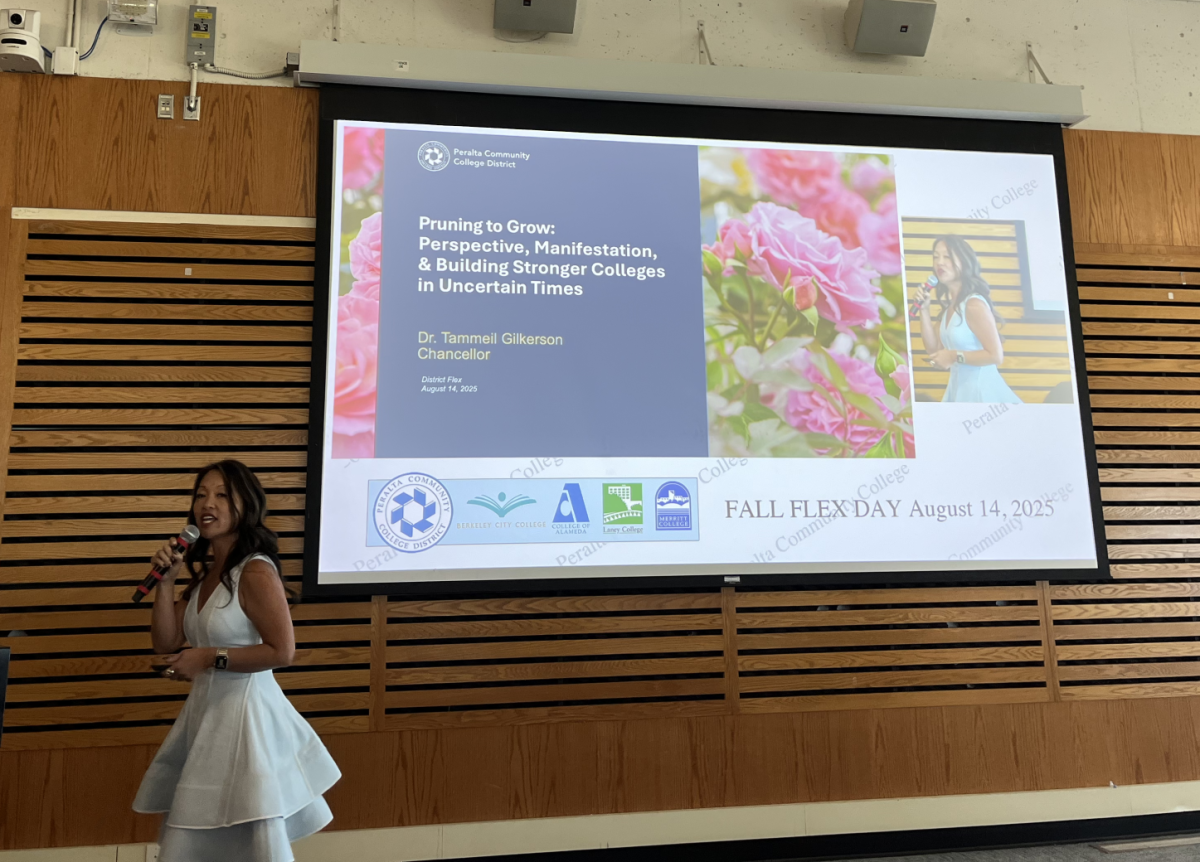Increased demand in the aviation industry prompts the government to fund public institutions
by Saskia Hatvany
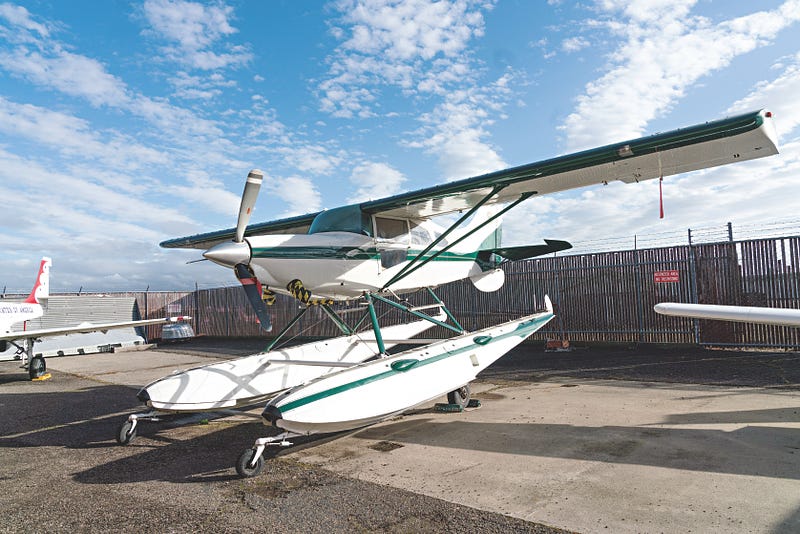
A $3-million grant has been gifted to College of Alameda’s Aviation Maintenance Technology Program by the federal government. The two-year licensing course has seen enrollment soar as global demand for airline technicians is projected to reach its peak in 2027.
“In the last two years, airlines have been hiring students directly out of our program,” said Hoi Ko, chair of the Aviation Maintenance Technology Department. Ko is a retired technician who has been a professor long enough to be teaching sons and daughters of his former students.
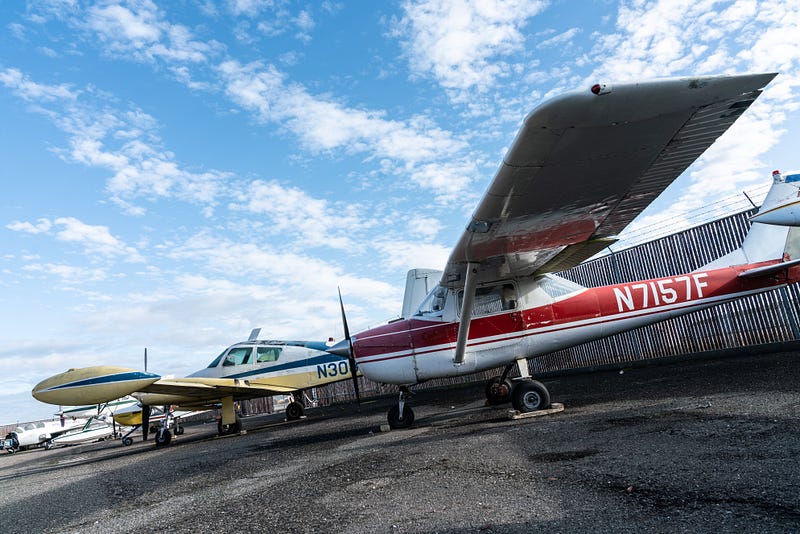
Right now is an exceptional time to enter the aviation industry, as there is a very high demand for airplane technicians, Ko said.
This is in part because a record number of technicians will be eligible to retire in the next decade, according to a 2017 study by Oliver Wyman, a consulting company. Typically, before being considered by an airline, licensed students are expected to gain experience through entry-level jobs, which pay considerably less than the major airlines.
In the airline industry, technicians’ wages start at about $30 per hour including benefits; and within five years employees can expect to be making up to double that amount.
The day of this reporter’s visit, recruiters from Alaska Airlines were present to promote their employment opportunities to students. Programs like COA’s are essential for providing a skilled workforce to regionally-based carriers such as Alaska Airlines and United Airlines.
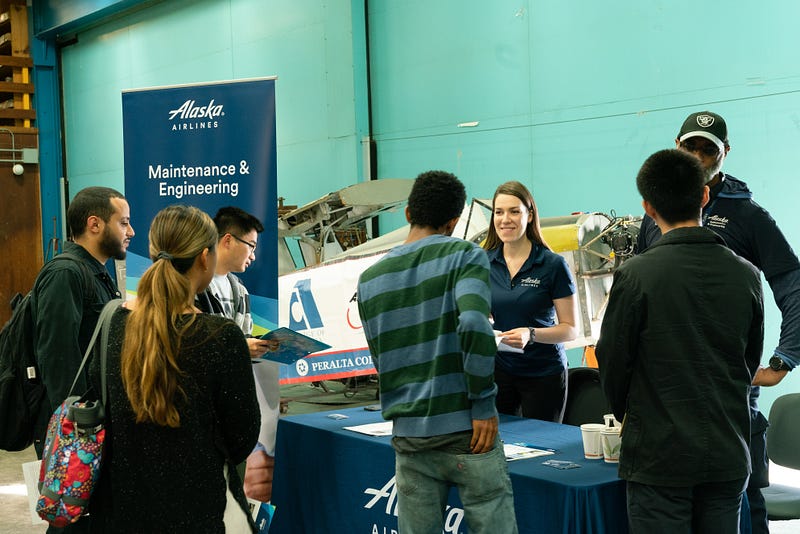
The grant was awarded by the Federal Economic Development Administration to “provide local residents with expanded workforce training opportunities” in the hopes of promoting a highly trained workforce. The agency projects that the grant will create 1,109 new jobs and maintain 1,000 jobs.
There is a waiting list of one year to enter COA’s Aviation Maintenance Technology Program. As per The Federal Aviation Administration’s guidelines, classes are restricted to 25 students while COA’s limited and ageing facilities at the Oakland International Airport only allow for three classes per semester, Ko said.
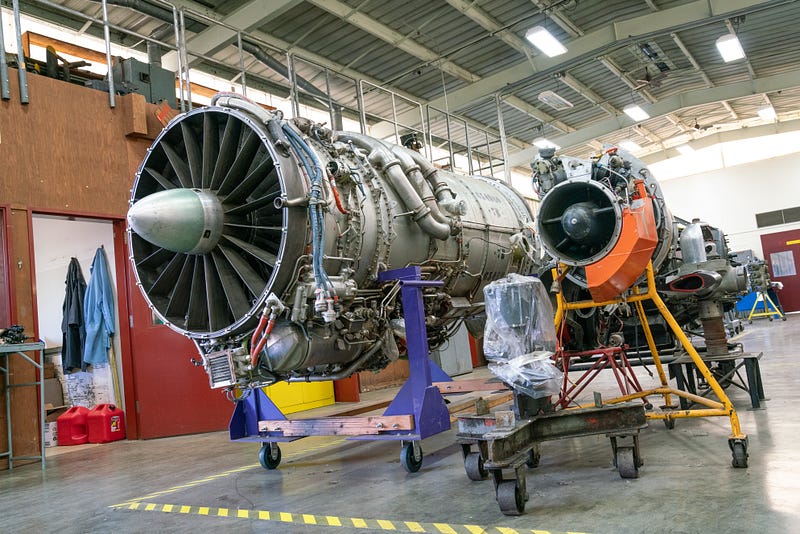
Plans are already underway to update the two existing buildings in order to accommodate more students. Projects include much-needed repairs to infrastructure and HVAC systems, Ko said, as well as an expansion of Hangar 2, which will house an additional classroom and lab space.
A typical AMT degree is not cheap. Private schools such as the Aviation Institute of Maintenance (AIM) offer programs costing upwards of $40,000. Alameda’s program offers the same license at a competitive average of $6,500 for the entire two-year program with tools included.
So why would anyone pay so much more when a cheaper degree is available? One reason may be that AIM is eligible to be covered by the U.S Department of Veterans Affairs. Many veterans opt for AIM programs knowing that all of their expenses will be covered. Ultimately, many people aren’t aware that programs like Alameda’s exist.
“AIM is not even as well-equipped as we are,” said Matthew Yoon, a full-time student in his second year at COA. He said that a friend of a friend told him about the program, so he signed up on a whim.
“I actually didn’t know something like this existed in Alameda,” Yoon said.
Although the buildings date from the 1960’s, one thing that the department is not lacking is aircraft. According to Yoon, COA is fortunate to receive a surplus of donations from both carriers and private owners.
The two-hangar site is home to eight aircraft, many of which are fully operational even though they will probably never fly again. The impressive fleet includes four Cessna 310 models and several engines, including a 5,000-pound Boeing 727 engine.
The most recent donation is an impressive amphibious plane from a private owner who wishes to remain anonymous. Unlike most of the aircrafts which are disassembled and moved by land, this plane was flown into the Oakland Airport and taxied straight into the COA facility, which shares a fence with the north field of the airport.





